by Michael Decipha Ponthieux
Posted: 2015-11-12
Last Updated: 2024-03-22
| Module # | Year Range | PCM Type |
| 73 | 2018+ | Bosch MG1 |
| 02 | 2011-2017 | Tricore/Copperhead |
| 21 | 2005-2010 | PowerPC |
| 29 | 1998-2004 | EEC-V |
| 29 | 1996-1997 | EEC-V (Read-Only) |
select F2E Ford EEC-V Reader start address 0000000 end address 003FFFF (note there are four F's) buffer address start 0000000 end address buffer 003FFFF (note there are four F's) >> 256k multi-bank file (All 1996 - 2004 vehicles) turn ignition key on click on "read chip" after its done reading and the progress bar completes, turn the ignition off now click on save buffer to file it will show bytes written 262,144 k at the bottom |
|
If reading out a single bank binary, set the start address 000000 end address buffer 00DFFF >> 56k single bank file (1983 - 1993/95 vehicles) |
| Banks | Start | End | Start | End |
| 1 | 0x00 32000 | 0x00 3FFFF | 0x00 0000 | 0x00 0DFFF |
| 4 | 0x00 00000 | 0x00 3FFFF | 0x00 0000 | 0x00 3FFFF |
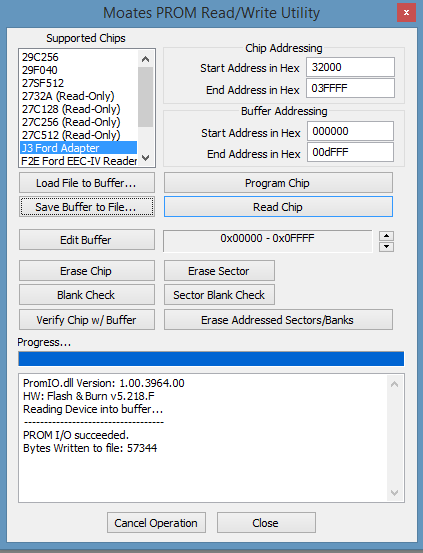
| 1 Bank | Mode 2 | Tune 7 | |
| 2 Bank | Mode 3 | Tune 4 | |
| 4 Bank | Mode 4 | Tune 2 |
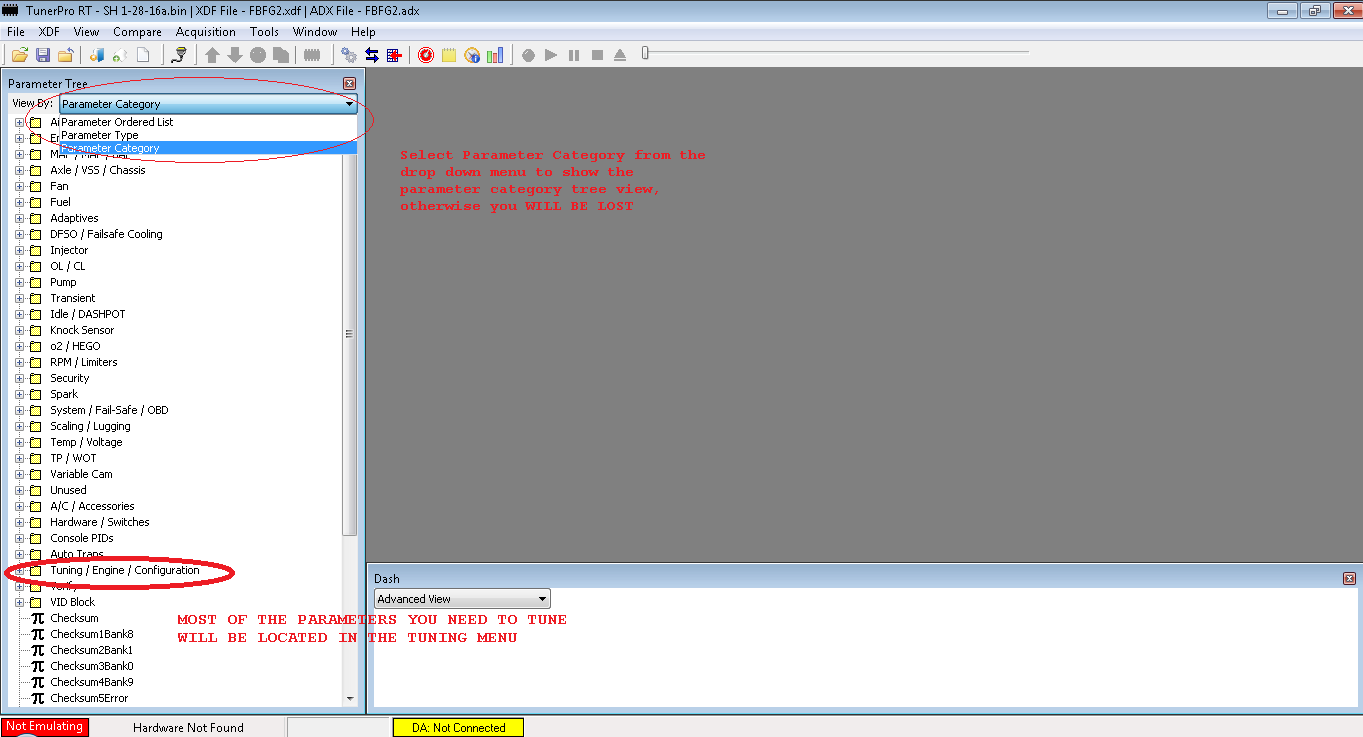
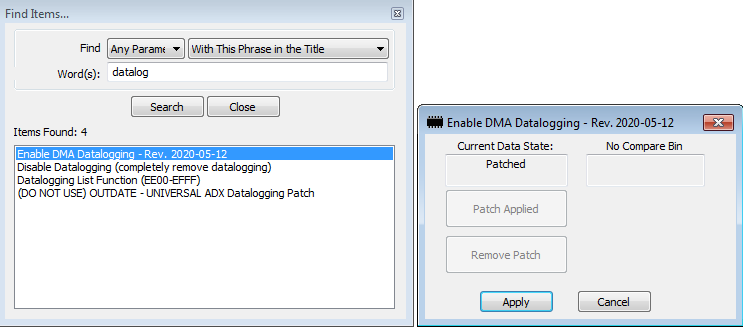
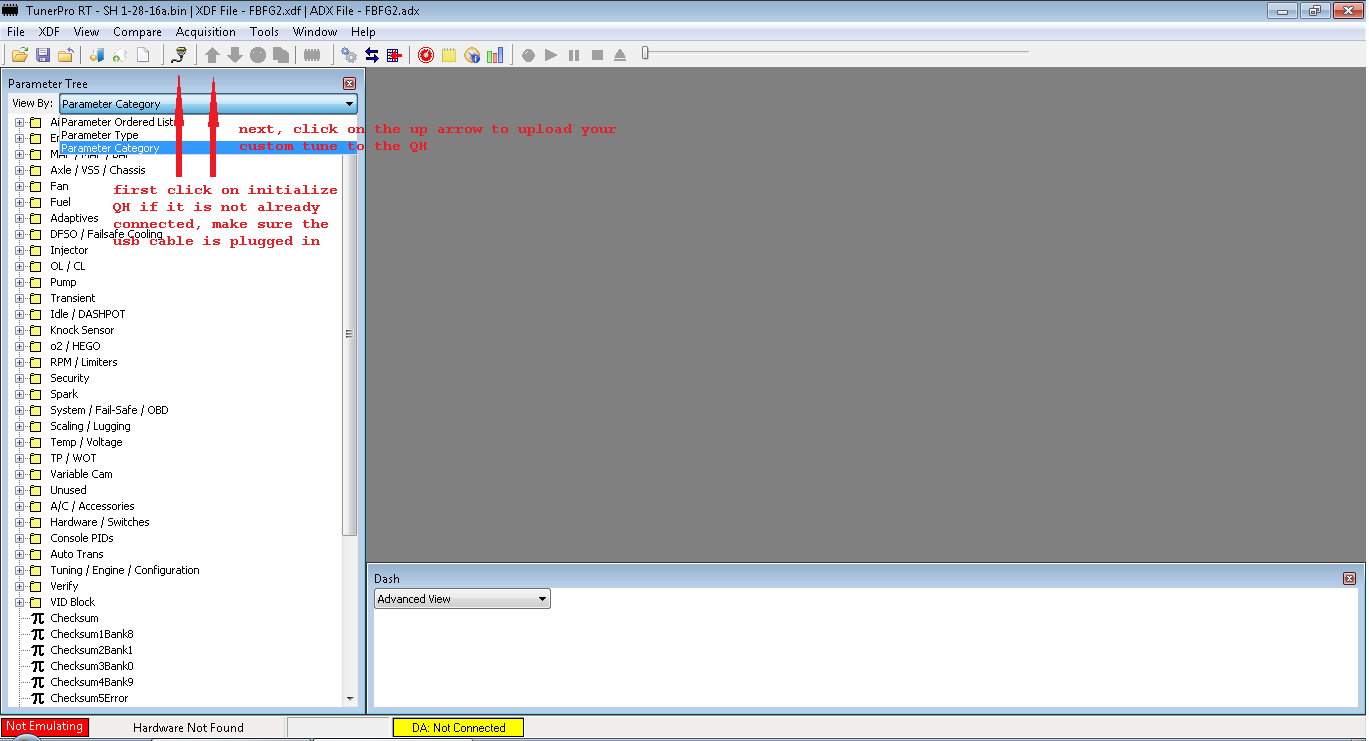
SuperLogger Datalogging
|
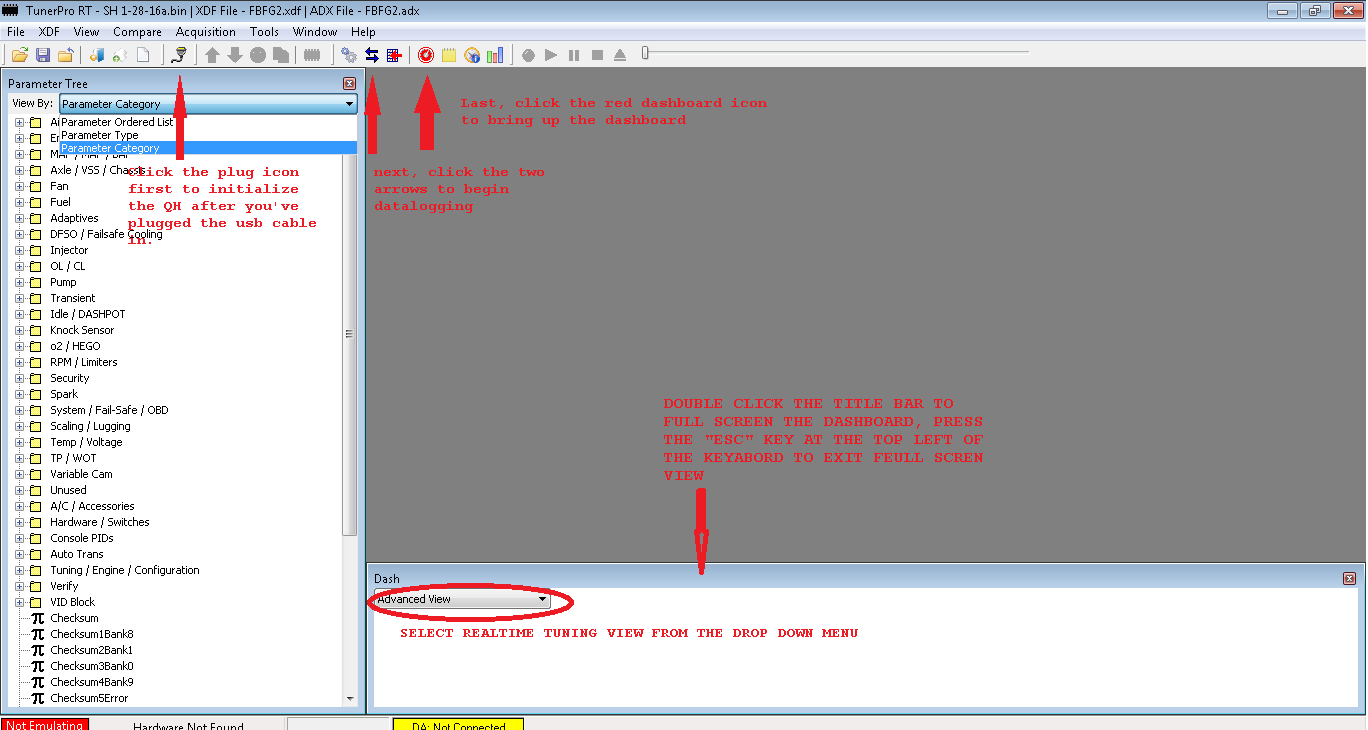
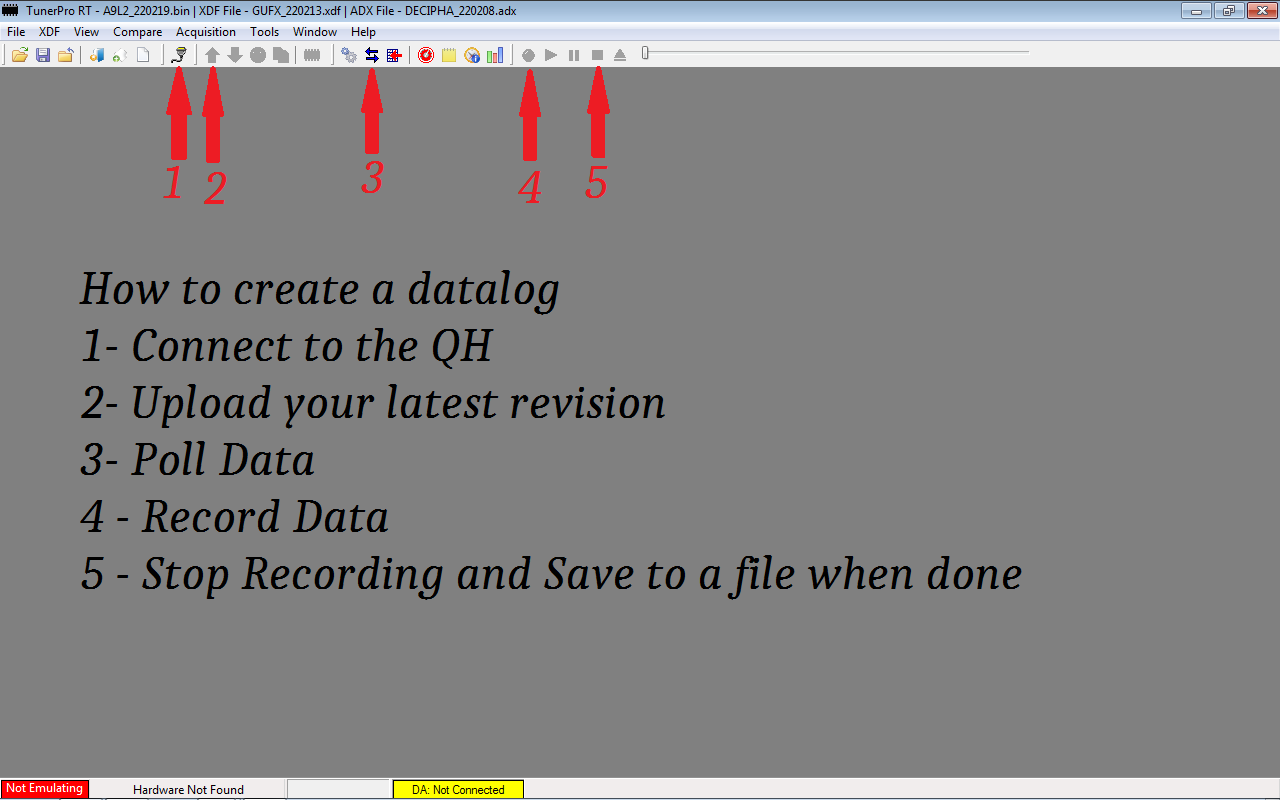
Quarterhorse Latency - Speed Up Reading & Writing to the QH |
|
<<<----Secret Level Stuff--- >> Set Latency to 4 in Device Manager---->>>
This is NOT REQUIRED but is HIGHLY RECOMMENDED to make the QH read and write faster. Right-Click on My Computer and go to Properties Click Device Manager find your FTDI device which is your Quarterhorse Click on Properties Scroll over to the Advanced tab Scroll down to Latency set latency to 4 Save your changes and enjoy the fast reading and writing of the quarterhorse BE AWARE: Setting the latency too low can result in connection errors and cause drop outs (disconnecting), glitching in data logs, lost time in datalogs, etc... If you encounter any of these problems INCREASE the latency. Note: Windows may ask you to restart your computer, it is not needed. If you have any problems what so ever with the TunerPro RT setup for the QuarterHorse, post your questions ON THE FORUM. |
| Banks | Start | End | Start | End |
| 1 | 0x00 32000 | 0x00 3FFFF | 0x00 0000 | 0x00 0DFFF |
| 4 | 0x00 00000 | 0x00 3FFFF | 0x00 0000 | 0x00 3FFFF |
